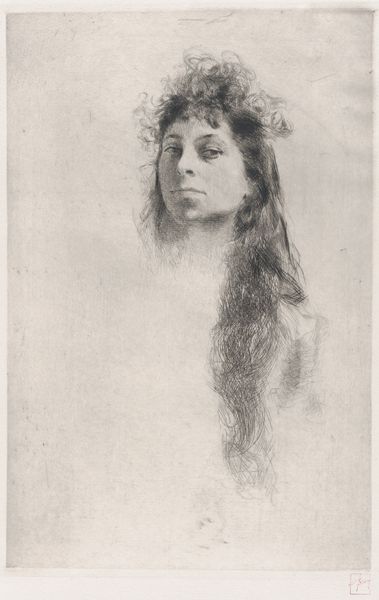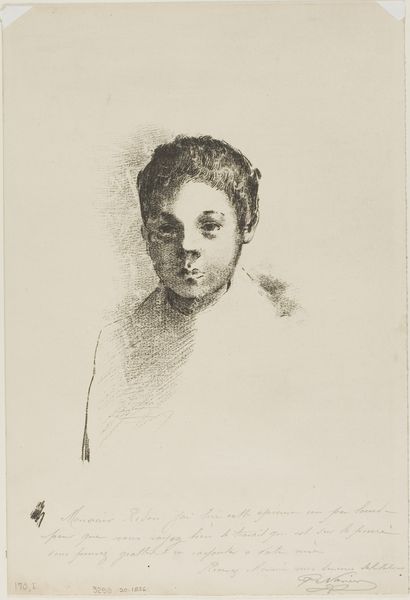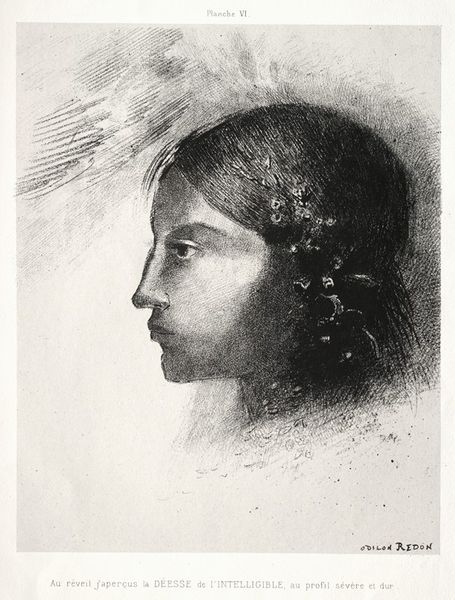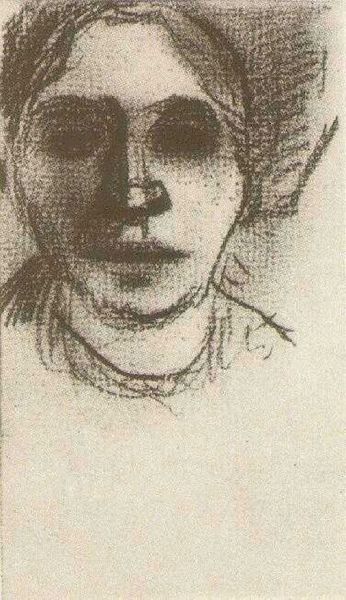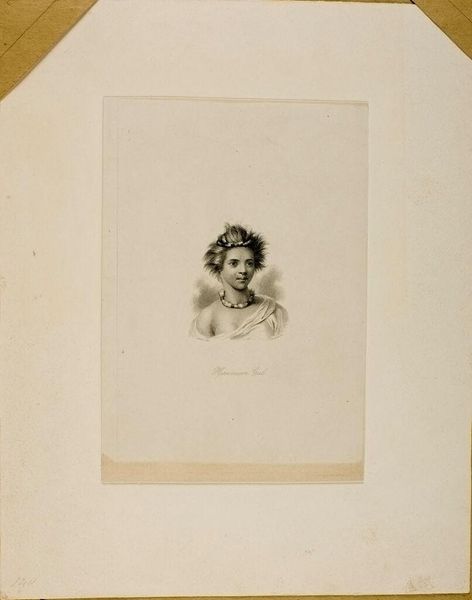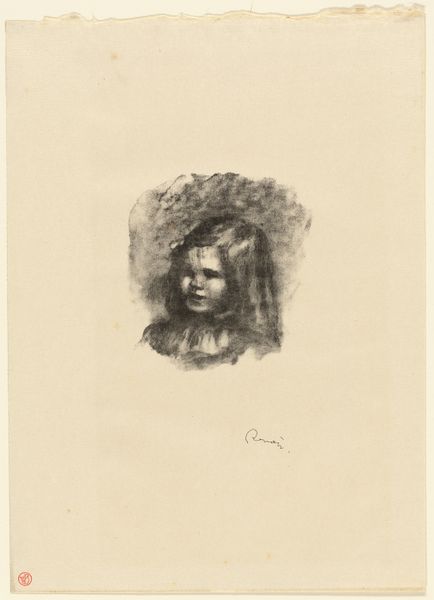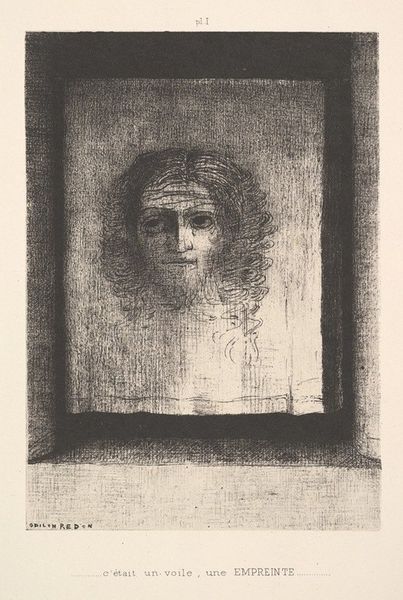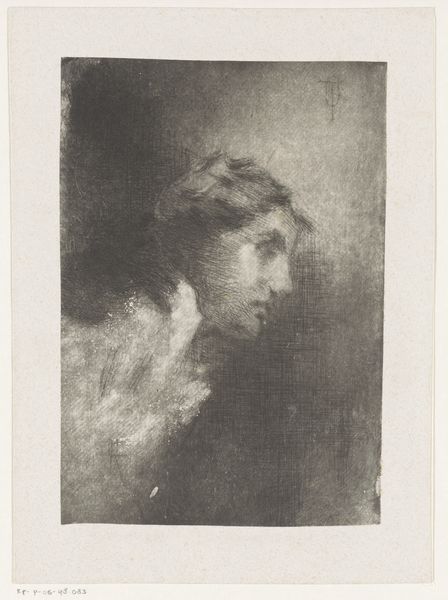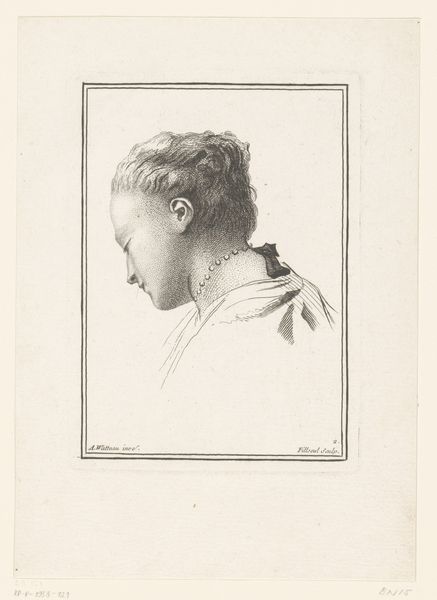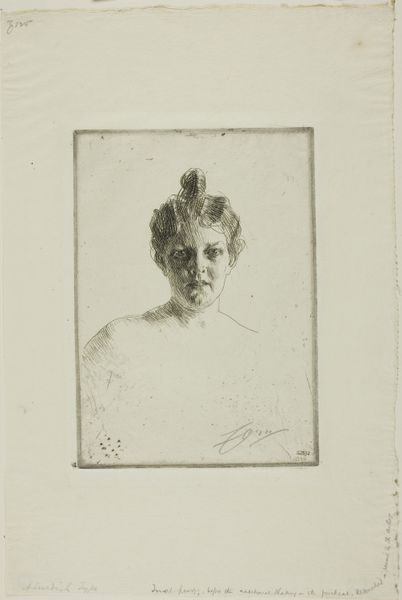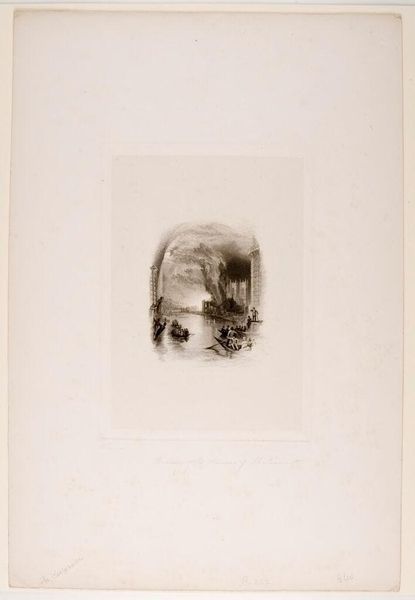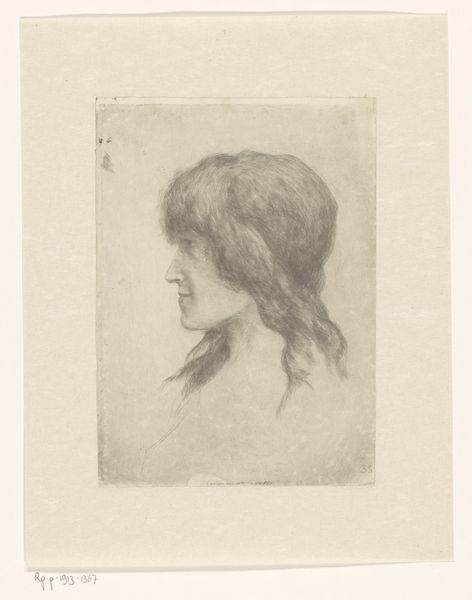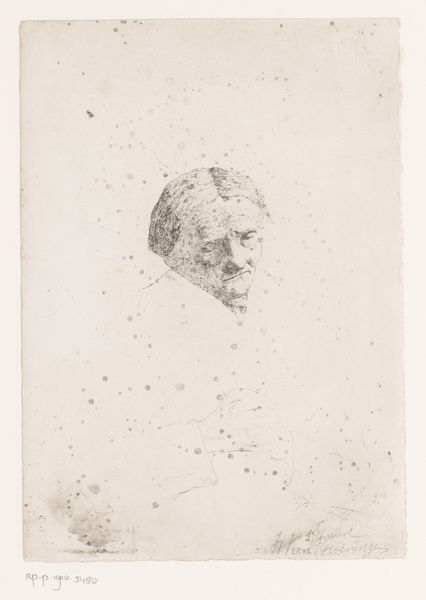
photography, gelatin-silver-print
#
portrait
#
face
#
impressionism
#
photography
#
portrait reference
#
gelatin-silver-print
#
human
#
monochrome
Copyright: Public domain
Curator: Here we have "Miss S" by Robert Demachy, crafted using the gelatin-silver print technique. What's your first reaction to it? Editor: Ethereal. It's almost like a ghost or a fading memory, rendered in shades of grey. There’s a soft, dreamlike quality to the textures. Curator: Demachy was a key figure in the Pictorialist movement. He really pushed the boundaries of photography, manipulating the prints to resemble impressionistic paintings, something apparent when examining the specific processes for production and distribution during the period, right? Editor: Exactly. The focus shifts from mere documentation to artistic expression. I am drawn to the composition: the strategic blurring and tonal range create depth. Curator: I see it as a product of the changing socio-economic dynamics, with photography gaining popularity. Think about the materials – gelatin-silver prints becoming more accessible, which meant more avenues to create images and narratives. It was less about emulating painting and more about establishing photography as its own distinct medium. Editor: Yes, the availability influenced the widespread production, but isn’t there something more at play here? The soft focus and delicate gradations of light? It evokes a specific mood that relates beyond just its creation and expands towards formal relationships. Curator: Perhaps. But let's not forget the role of labor here. Someone had to prepare the chemicals, coat the paper, develop the print. Pictorialism wasn’t simply aesthetic choice—it also involves labor that needs interrogation. Editor: That's undeniable, but one cannot discount the artistic choices the maker had to consider when they conceptualized the work. Take how Demachy left areas partially defined, it adds to the transient quality of the subject. It creates a tension between clarity and ambiguity, that heightens the viewers gaze. Curator: Right, it certainly provokes a thought process. Editor: Indeed. "Miss S" leaves an undeniable, lasting impression when you study the form, line and tones employed within it. Curator: For me it highlights the material and social conditions that enabled the creation and the meaning attached to it.
Comments
No comments
Be the first to comment and join the conversation on the ultimate creative platform.
